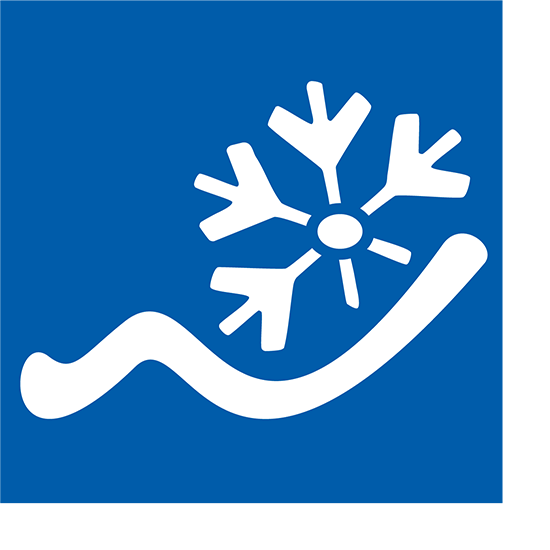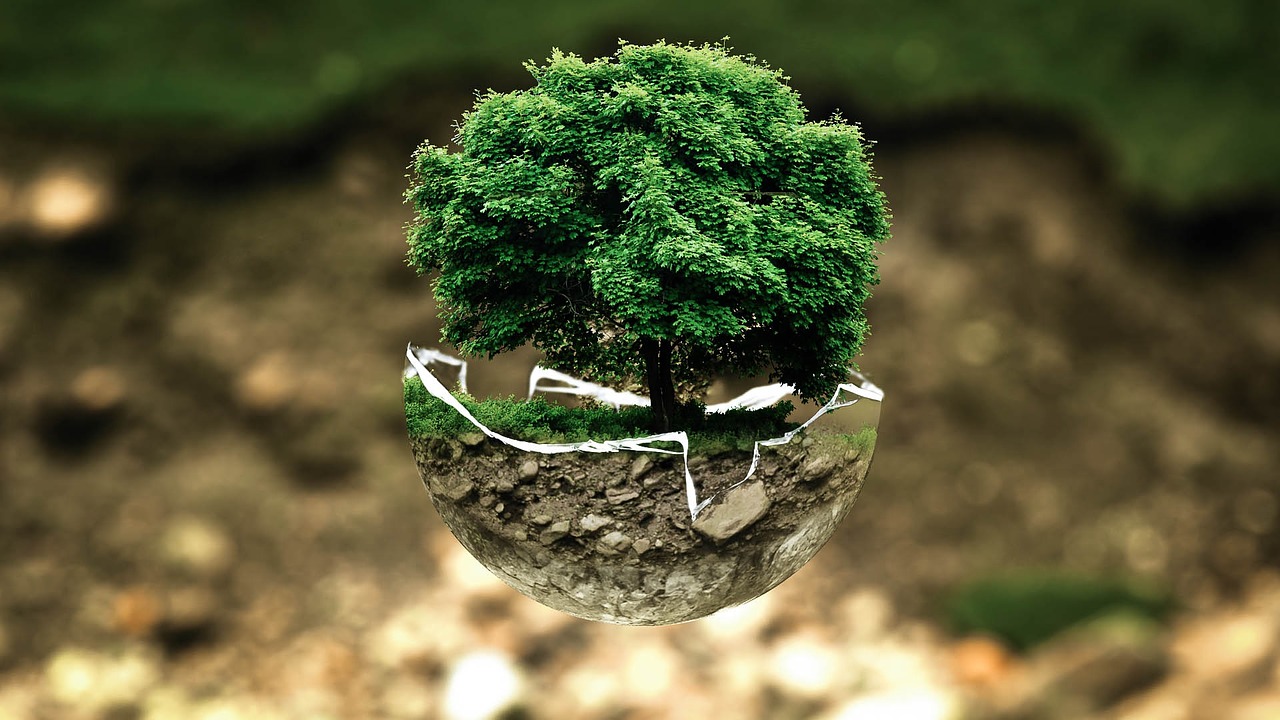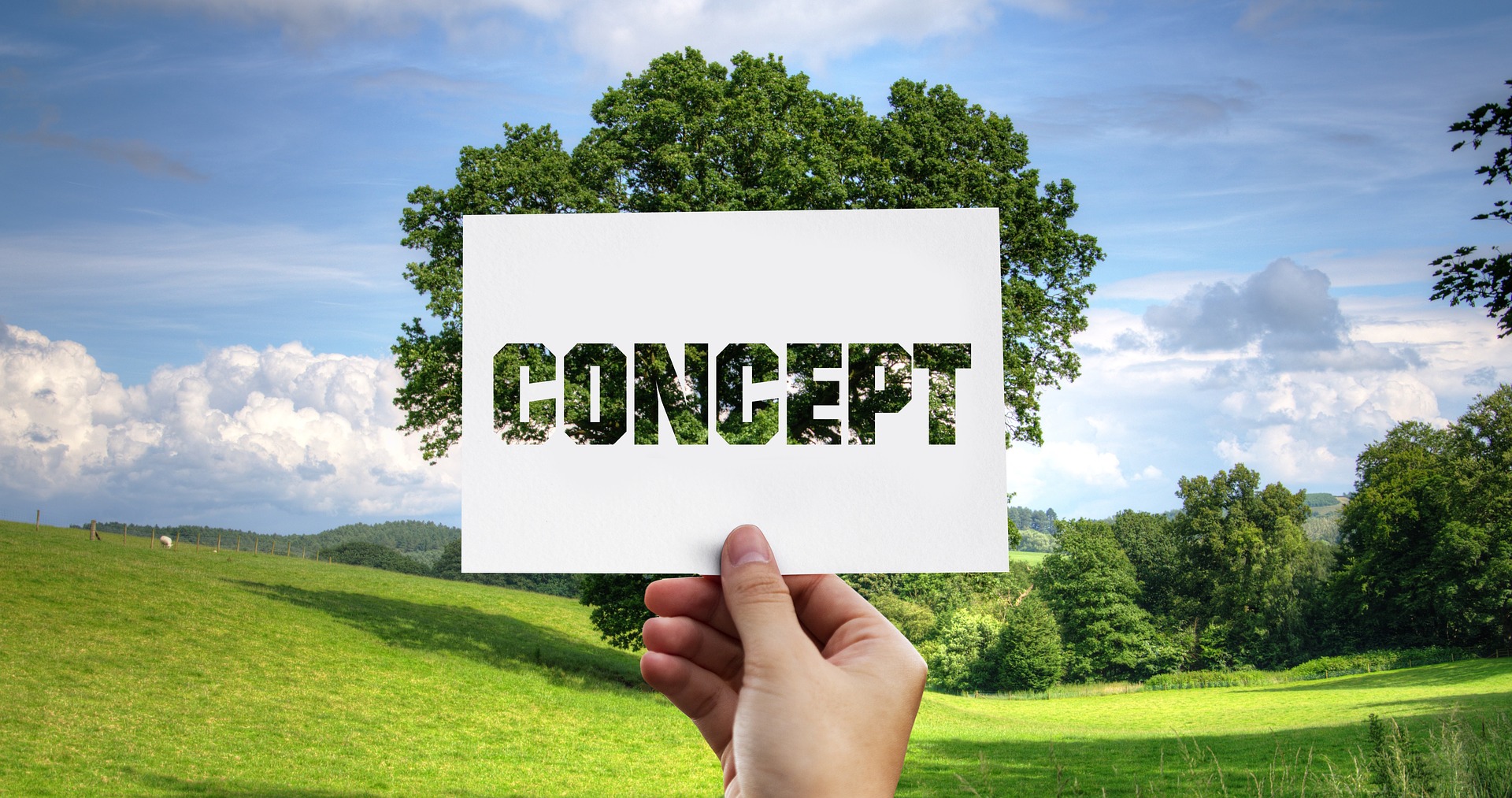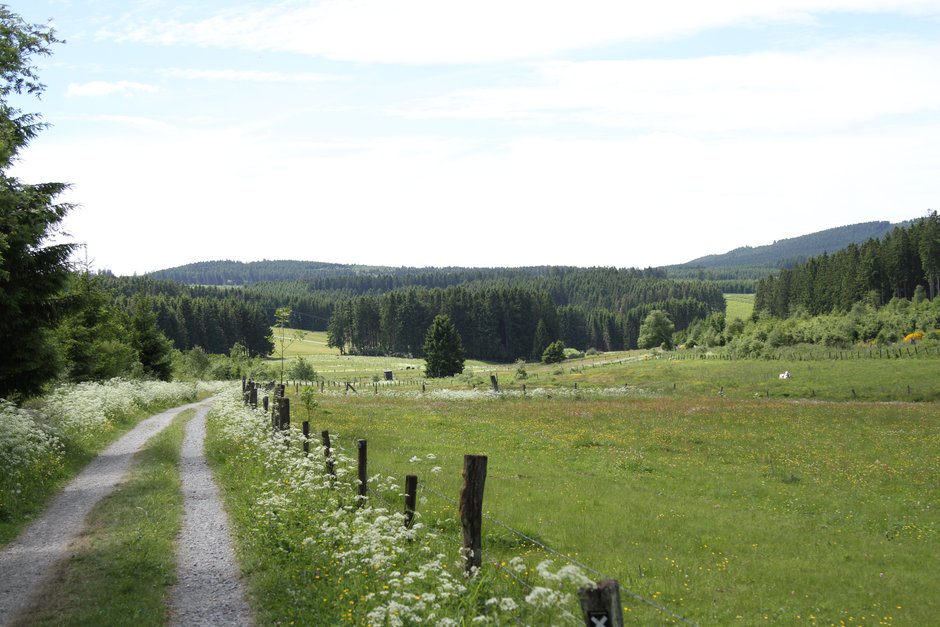
Protected zones and conditions
The European Union, the Federal Republic of Germany and the state of North Rhine-Westphalia have strict laws designed to protect nature and the landscape. They assign different statuses to areas worthy of protection. Basically, there are four protected areas in the ski resorts:
- FFH area
- Nature reserve
- Biotope
- Water protection zone
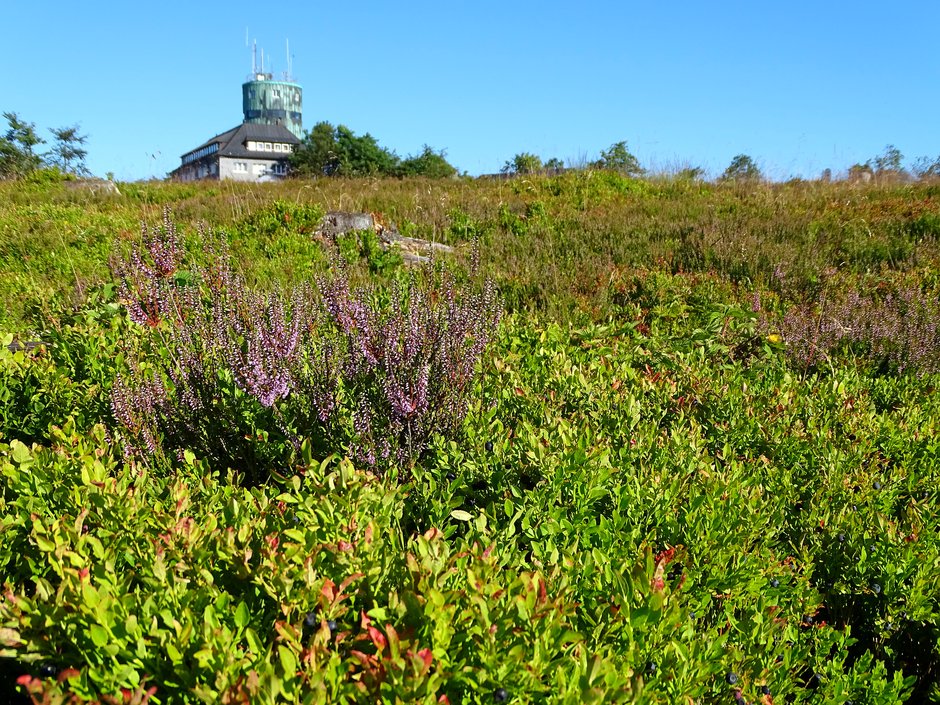
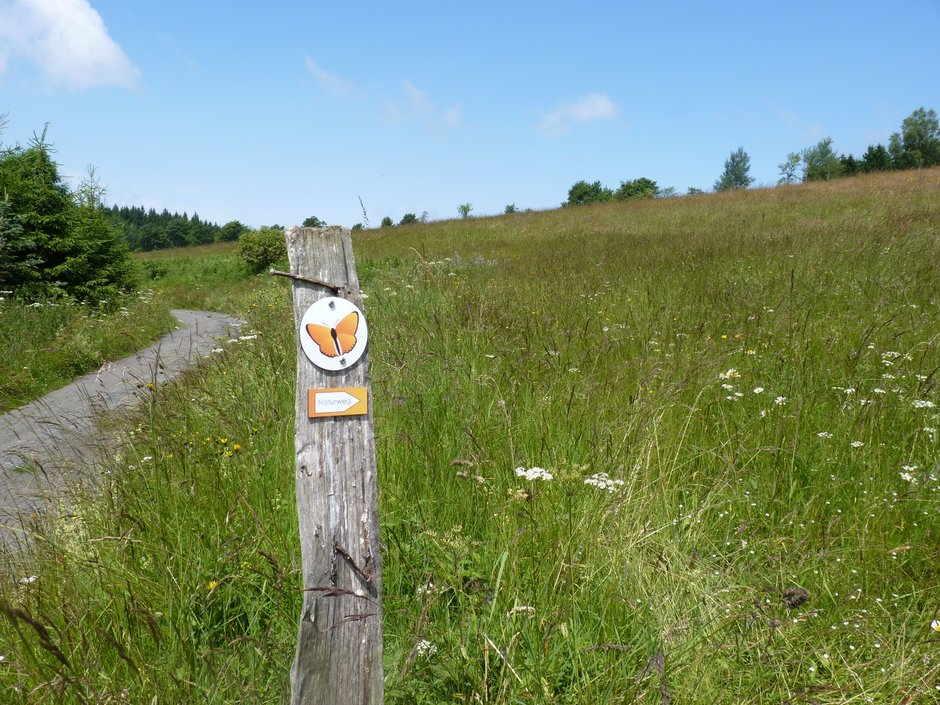
Nature reserves
In nature reserves, the landscape, flora and fauna enjoy special protection. Parts of these protected areas extend into the ski areas. These include: the high heath between Niedersfeld and Willingen (nature reserve Neuer Hagen), the high heath on the Kahler Asten, the nature reserve Langer Rücken-Heidberg on the Hunau, the nature reserve Poppenberg near Brilon, the mountain meadows Altastenberg, Neuastenberg and Winterberg.
Listing of the nature reserves in the Hochsauerland district
Often these areas also enjoy FFH status at the same time. Many of them are also biotopes according to § 62 of the State Nature Conservation Act.
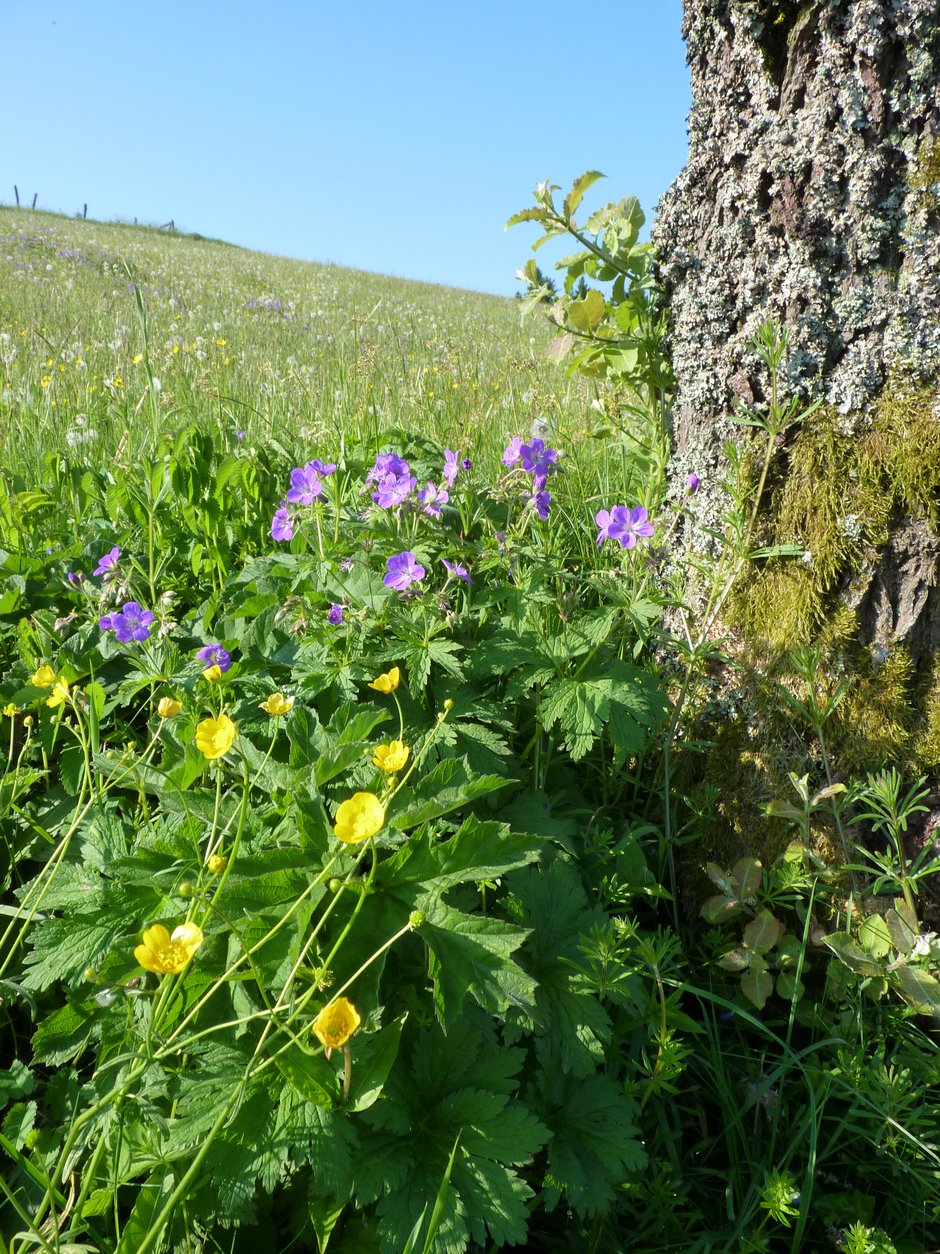
Conditions for nature reserves
The requirements vary greatly depending on the type of area and protection status. Heathland areas must be kept free of regrowing shrubs. Mountain meadows may not be fertilized and may only be mowed twice a year. Buildings may only be constructed after approval and inspection of the building plans. Earthworks are generally subject to approval. Any intervention must be compensated with appropriate measures. Animals may not be killed or trapped, plants may not be dug up or damaged. Causing noise is prohibited, as is lighting open fires and much more.
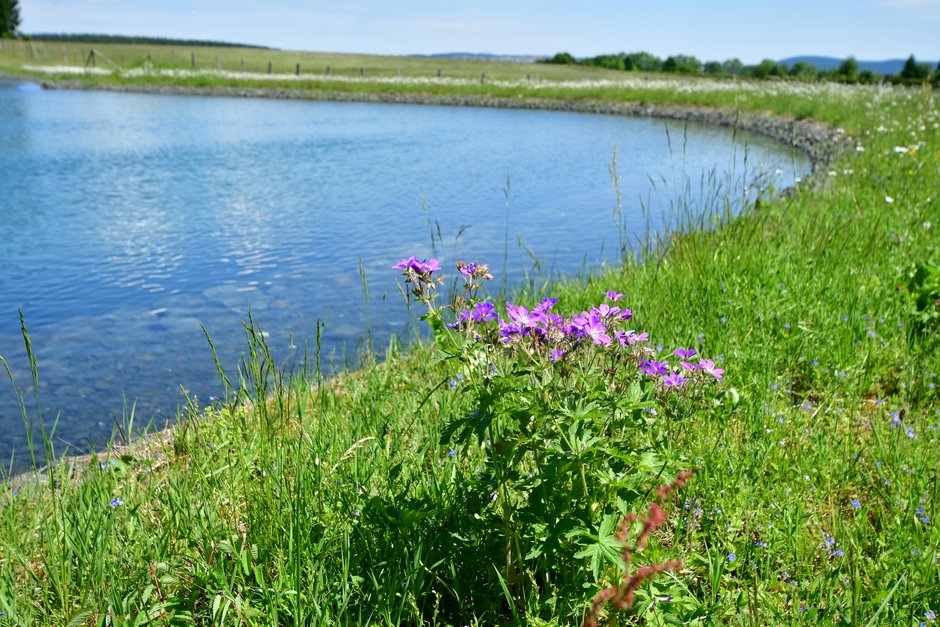
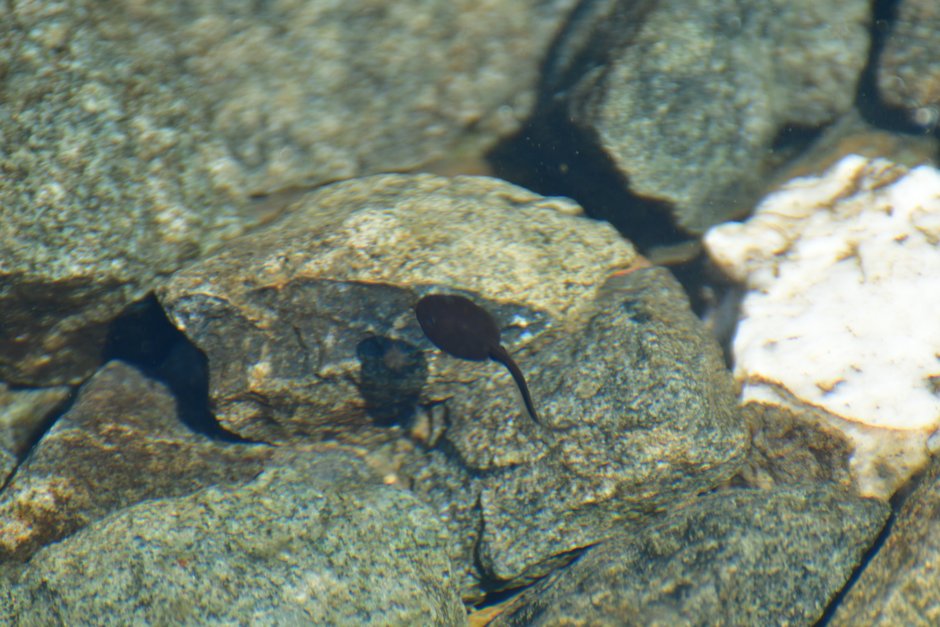
Water protection areas
For the protection of groundwater and surface waters, the areas are divided into protection zones I to III depending on the distance from the water reservoir. Here, among others, the ski areas Skiliftkarussell Winterberg, Altastenberg and Hunau are affected.
Water protection zones in the Hochsauerland district
With increasing proximity to the extraction plants, the conditions and protective regulations become more stringent. Water protection zone I protects the actual extraction plant in the vicinity. Any other use is prohibited, and this area is not accessible to the public. Water protection zone II protects against contamination. Building development and agriculture must submit to certain restrictions with regard to possible substances hazardous to water. For example, agricultural fertilization or application of pesticides may not take place. Facilities with greater risk potential, such as industrial plants or tank farms, may not be built. In protection zone III, prohibitions or restrictions on use apply, among other things, to the handling of waste, substances hazardous to water, and pesticides. The conditions may vary depending on the area.
